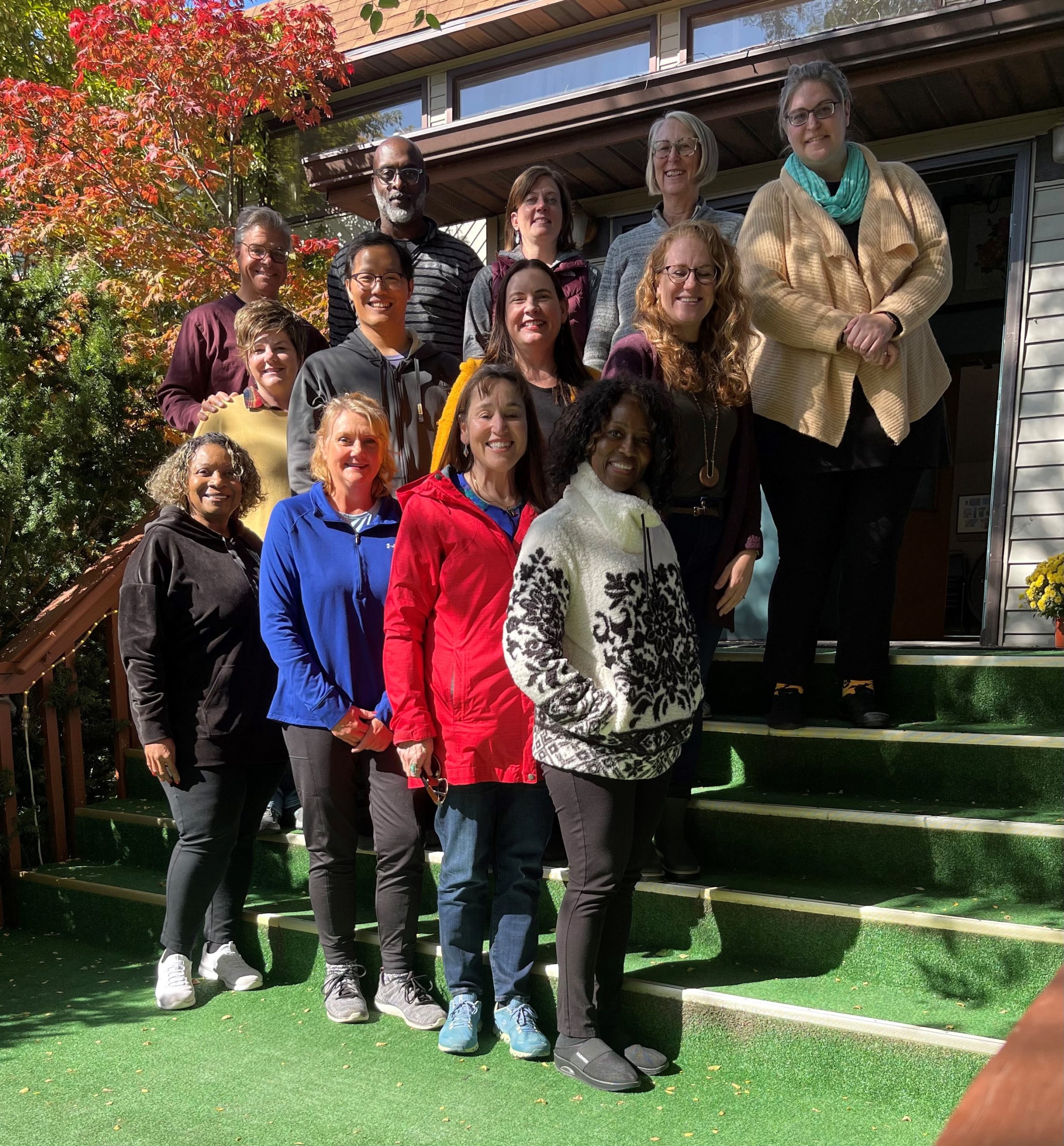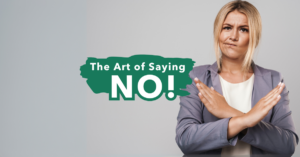In mid-October, our Evergreen Leadership Community Builder Award welcomed its seventh cohort. Leaders across Indiana and disciplines came together to connect and explore the creative process as leaders. And more importantly, what they might create with their passions, hurts, and hopes.
Invariably early in the retreat, when I ask what leaders do create, there is a thoughtful pause, some head scratching, and some eyes looking upward in reflection. And then someone ventures a thought which is followed by another and another and yet another one.
The net result is a long list of things that leaders do create. The 2022 list included:
That’s quite a long list. As you review the list, you begin to see how much leaders can create and how vital what they create is to the well-being of their organizations (team, workgroup, or multi-billion-dollar corporation).
Conversely, we can flip everything on this list and ask what leaders can create in a negative sense and destroy these things. I suspect you’ve worked with leaders who created chaos rather than clarity, disrespect rather than respect, or cynicism rather than hope.
I’ve long advocated that leadership is an act of creation, hopefully in a positive vein. As such, understanding the creative process as leaders can help us avoid creating chaos, confusion, stress, disorder, and toxicity – and enable us to create environments of clarity, calm, high performance, and health.
Far too often, we consider creativity a mystical process most often done by artsy fartsy folks who have a flair for the unique but not a clue about business. Yet increasingly, success in business necessitates being more entrepreneurial (which is a considerable act of creative process in all its elements), and we are well served to understand, apply, and master the creative process in a work environment.
I’ve written and taught extensively about the creative process in organizations and leadership, so I’m not going to go into the process in this piece. I am, however, going to challenge you to consider your comfort and skill level in these attributes that enable you, as a leader, to create.
So take stock and reflect on these questions:
- How big is your vision? Do you dedicate time to crafting a positive vision for the future?
- Can you firmly assess your current state and be honest about assets and liabilities?
- Do you spend time cultivating and sharing a vision with your team and stakeholders?
- How comfortable are you with uncertainty and non-linear progress?
- Are you willing to take action without having a perfect plan?
- Do you encourage a series of small experiments?
- Is failing seen as something to be avoided or a natural and needed part of the process?
- How safe is it for people to bring forward new ideas?
- How easy is it for people to bring forward new ideas?
- Are you willing to take smaller risks for the sake of bigger rewards?
- Are you comfortable with people pushing back on your ideas – not out of resistance, but to make them better?
- How often do you pause to assess your current situation, progress made, and lessons learned?
- How willing are you to adjust the course midstream as new information surfaces?
Today’s business environment requires us to be ambidextrous. To develop both our right and left sides of our brains. To optimize and standardize while also innovating and creating. To understand when creativity is called for – and when it is not.
The good news is that creativity is a process. Because of that, it is a process that can be learned, just like you’ve learned to do risk analysis, calculate ROI, or construct a project plan.
Are you interested in learning more about the creative process in work environments? You can read more about it in my book, The Leader’s Guide to Turbulent Times. I’m also happy to have a conversation about how you and the leaders in your organization can:
- Develop skills in creating as a leader
- Be more innovative and entrepreneurial
- Lead teams that are high-performing and engaged
- Create the type of organization you envision.
Interested? Just go here to find a time to meet.






